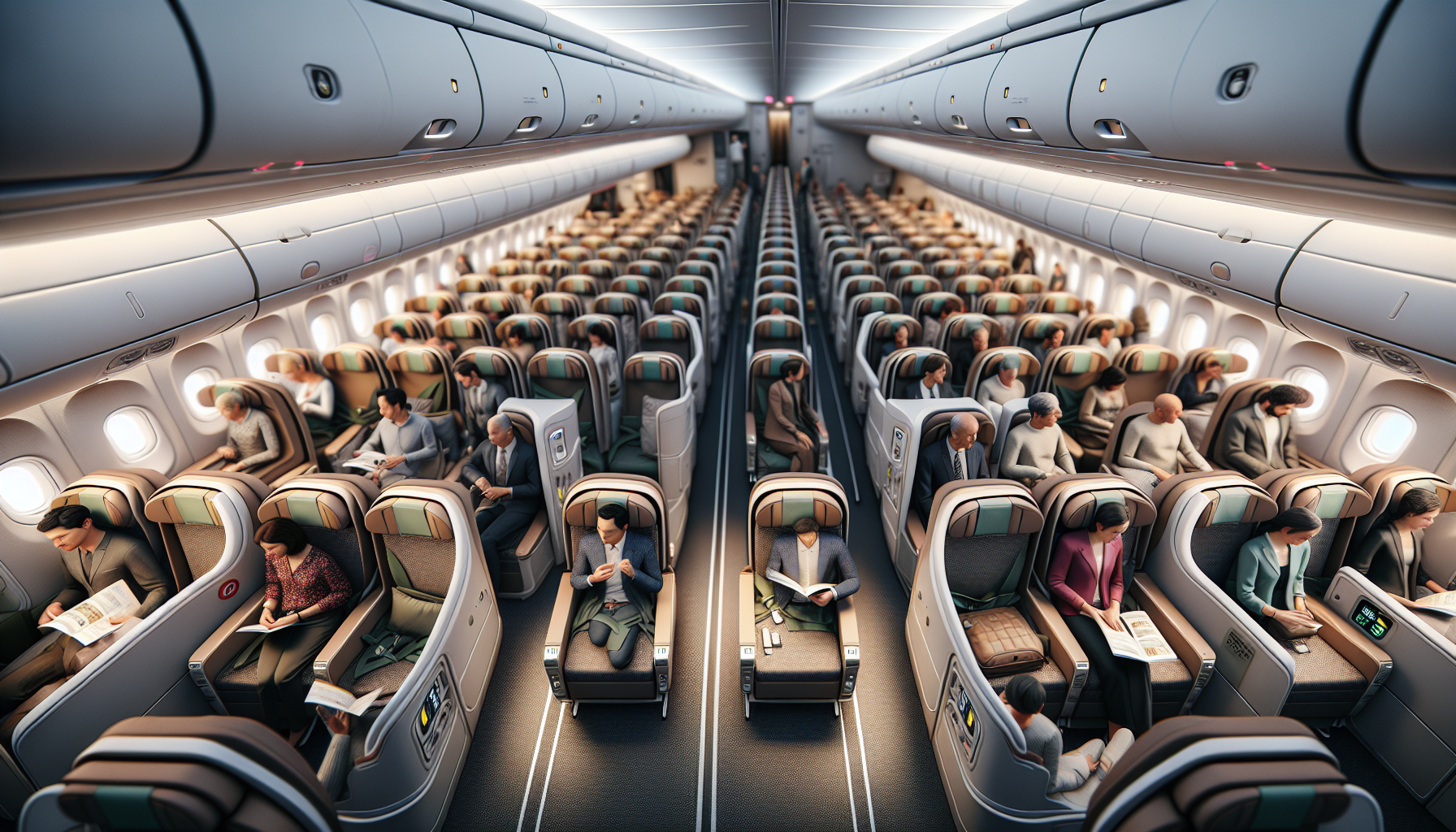Air travel has become an integral part of modern life, whether for business, leisure, or connecting with loved ones. However, the impact of flying on heart health is an important consideration that often goes unnoticed. Understanding these effects is crucial for anyone concerned about maintaining cardiovascular wellness while navigating the skies.
The Cabin Environment and Cardiovascular Stress
The environment inside an airplane cabin is markedly different from what most people experience on the ground. Reduced air pressure and lower oxygen levels at cruising altitude can strain the body, particularly the cardiovascular system. For individuals with pre-existing heart conditions, these changes can present risks that warrant careful management.
Air travel induces a state called hypobaric hypoxia, where the body is exposed to lower levels of oxygen due to reduced atmospheric pressure. This can lead to increased heart rate and blood pressure as the body attempts to compensate for the decreased oxygen availability. For more information on how oxygen levels impact cardiovascular health, consider reading about the Cardiovascular Health implications of different environmental factors.
Deep Vein Thrombosis: A Hidden Danger
One of the more serious risks associated with air travel, especially long flights, is deep vein thrombosis (DVT). DVT occurs when blood clots form in the deep veins of the legs due to prolonged immobility. These clots can potentially break off and travel to the lungs, causing a life-threatening condition known as pulmonary embolism.
The risk of DVT can be mitigated with simple in-flight exercises, wearing compression stockings, and staying hydrated. For additional strategies to maintain circulation during long periods of inactivity, Heart Health Tips for Shift Workers: Overcoming Unique Challenges offers valuable insights that are also applicable to air travelers.
Dietary Considerations While Flying
In-flight meals and snacks often lack nutritional balance and can be high in sodium, which is not ideal for heart health. Excessive sodium intake can lead to water retention, increasing blood volume and blood pressure. It’s important to be mindful of dietary choices while traveling.
For advice on maintaining a heart-healthy diet even when your options are limited, the article on Developing Heart-Healthy Eating Habits in Children provides principles that can be adapted for travel-related nutrition.
Hydration and Heart Health
The low humidity levels in airplane cabins can lead to dehydration, which puts additional stress on the heart. Dehydration causes the blood to thicken and can increase the risk of clot formation. To combat this, passengers should drink plenty of water before, during, and after the flight.
The importance of proper hydration for heart health is thoroughly discussed in the piece on The Importance of Hydration for Cardiovascular Health, offering practical tips that are especially pertinent for air travelers.
Managing Stress and Anxiety
For many, flying can be a source of significant stress and anxiety, which can have acute effects on heart health. Stress hormones like cortisol and adrenaline can raise heart rate and blood pressure, and in some cases, even trigger a heart attack.
To support points on stress management, highly specific resources such as the American Psychological Association’s guidelines on managing stress for heart health provide in-depth strategies that can be helpful for nervous flyers.
Effects of Jet Lag on Heart Rhythms
Jet lag can disrupt the body’s circadian rhythms, which are known to have a close relationship with cardiovascular function. A disrupted sleep-wake cycle can affect blood pressure patterns and heart rate variability.
For a deeper dive into how circadian rhythms impact heart health, a niche resource such as the National Sleep Foundation’s discussion on sleep and heart health offers valuable information.
Pre-Flight Strategies to Protect Heart Health
Before embarking on a flight, there are several measures individuals can take to minimize cardiovascular risks:
- Consulting with a healthcare professional, especially for those with existing heart conditions, to discuss travel safety and any necessary medications.
- Staying active leading up to the flight to boost circulation.
In-Flight Measures to Support Cardiovascular Wellness
Once on board, passengers should take proactive steps to protect their heart health:
- Moving regularly by performing in-seat exercises or walking the aisles when safe to do so.
- Choosing healthier food options, avoiding alcohol and caffeine, and staying hydrated with water.
- Practicing relaxation techniques such as deep breathing or meditation to manage in-flight stress.
Post-Flight Recovery
After landing, it is important to gradually readjust to the local time zone and resume regular physical activity. This helps reset the body’s internal clock and stabilizes heart rhythms.
For insight into cardiovascular recovery post-travel, consulting highly specialized resources such as the Heart Rhythm Society’s recommendations on circadian rhythms and heart health can be beneficial.
Conclusion
Air travel, while convenient, poses several challenges to heart health. By understanding and addressing the risks associated with reduced cabin pressure, immobility, dietary disruptions, dehydration, stress, and jet lag, travelers can take meaningful steps to ensure their cardiovascular system remains robust, even at 35,000 feet.
For more detailed discussions on related topics, readers are encouraged to explore other articles addressing various aspects of cardiovascular wellness and lifestyle factors influencing heart health. Remember, being informed and prepared is the best way to ensure a heart-healthy journey through the skies.



